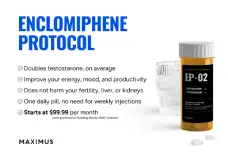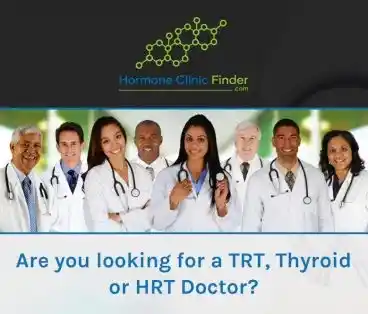madman
Super Moderator
Advances in antiretroviral therapy (ART) have made it possible for persons with human immunodeficiency virus (HIV) to have a lifespan that approaches that of people without HIV without progressing to AIDS or transmitting HIV to sexual partners orinfants. There is, therefore, increasing emphasis on maintaining health throughout the lifespan. To receive optimal medical care and achieve desired outcomes, persons with HIV must be consistently engaged in care and able to access uninterrupted treatment, including ART. Comprehensive, evidence-based HIV primary care guidance is, therefore, more important than ever. Creating a patient-centered, stigma-free care environment is essential for care engagement. Barriers to care must be decreased at the societal, health system, clinic, and individual levels. As the population ages and noncommunicable diseases arise, providing comprehensive healthcare for persons with HIV becomes increasingly complex, including management of multiple comorbidities and the associated challenges of polypharmacy while also attending to HIV-specific health concerns. Clinicians must address issues specific to preventive health, including cancer screening, providing recommended vaccinations, and promoting sexual health, including sexually transmitted infection diagnosis, treatment, and prevention. Clinicians also must address issues for specific populations, including persons of child bearing potential during preconception and pregnancy, children, adolescents, and transgender and gender-diverse individuals. This guidance from an expert panel of the HIV Medicine Association of the Infectious Diseases Society of America updates the previous 2020 HIV Primary Care Guidance.
* Cisgender men with HIV, especially those with advanced disease, are at risk for hypogonadism. Interpretation of testosterone values must be made in clinical context, as all currently available assays (including measures of total, free, and bioavailable testosterone) are associated with technical issues that may result in significant variability. Testing should be performed ona specimen obtained in the morning (ideally before 10 AM) andc onfirmed with repeat testing if the result is below the lower limit of normal. Recommendations differ regarding the optimal assay to use for initial testing in the setting of HIV. Testosterone circulates primarily bound to plasma proteins (including sex hormone–binding globulin and albumin). If total testosterone is used for initial testing, a determination of sex hormone–binding globulin and/or free testosterone is stronglyr ecommended when alterations of binding proteins are suspected (including patients with cirrhosis and hepatitis, hyperor hypothyroidism, or nephrotic syndrome). Free testosteronemay be determined by equilibrium dialysis (most reliable butmost expensive) or using the free online testosterone calculator developed by the Hormonology Department, UniversityHospital of Ghent, Belgium [121]. So-called direct free testosterone (analogue) assays are unreliable and should not beused. If a diagnosis of hypogonadism is established, measurement of luteinizing hormone and follicle-stimulating hormoneis recommended to determine whether the source of dysfunction is primary (testicular) or central (pituitary or hypothalamic) in origin. Hypogonadism should be treated by clinicians who are familiar with monitoring patients on androgen replacement therapy (see Section 4). For recommendations pertaining to age-appropriate cancer screening, see Section 5.
* Cisgender men with HIV, especially those with advanced disease, are at risk for hypogonadism. Interpretation of testosterone values must be made in clinical context, as all currently available assays (including measures of total, free, and bioavailable testosterone) are associated with technical issues that may result in significant variability. Testing should be performed ona specimen obtained in the morning (ideally before 10 AM) andc onfirmed with repeat testing if the result is below the lower limit of normal. Recommendations differ regarding the optimal assay to use for initial testing in the setting of HIV. Testosterone circulates primarily bound to plasma proteins (including sex hormone–binding globulin and albumin). If total testosterone is used for initial testing, a determination of sex hormone–binding globulin and/or free testosterone is stronglyr ecommended when alterations of binding proteins are suspected (including patients with cirrhosis and hepatitis, hyperor hypothyroidism, or nephrotic syndrome). Free testosteronemay be determined by equilibrium dialysis (most reliable butmost expensive) or using the free online testosterone calculator developed by the Hormonology Department, UniversityHospital of Ghent, Belgium [121]. So-called direct free testosterone (analogue) assays are unreliable and should not beused. If a diagnosis of hypogonadism is established, measurement of luteinizing hormone and follicle-stimulating hormoneis recommended to determine whether the source of dysfunction is primary (testicular) or central (pituitary or hypothalamic) in origin. Hypogonadism should be treated by clinicians who are familiar with monitoring patients on androgen replacement therapy (see Section 4). For recommendations pertaining to age-appropriate cancer screening, see Section 5.













